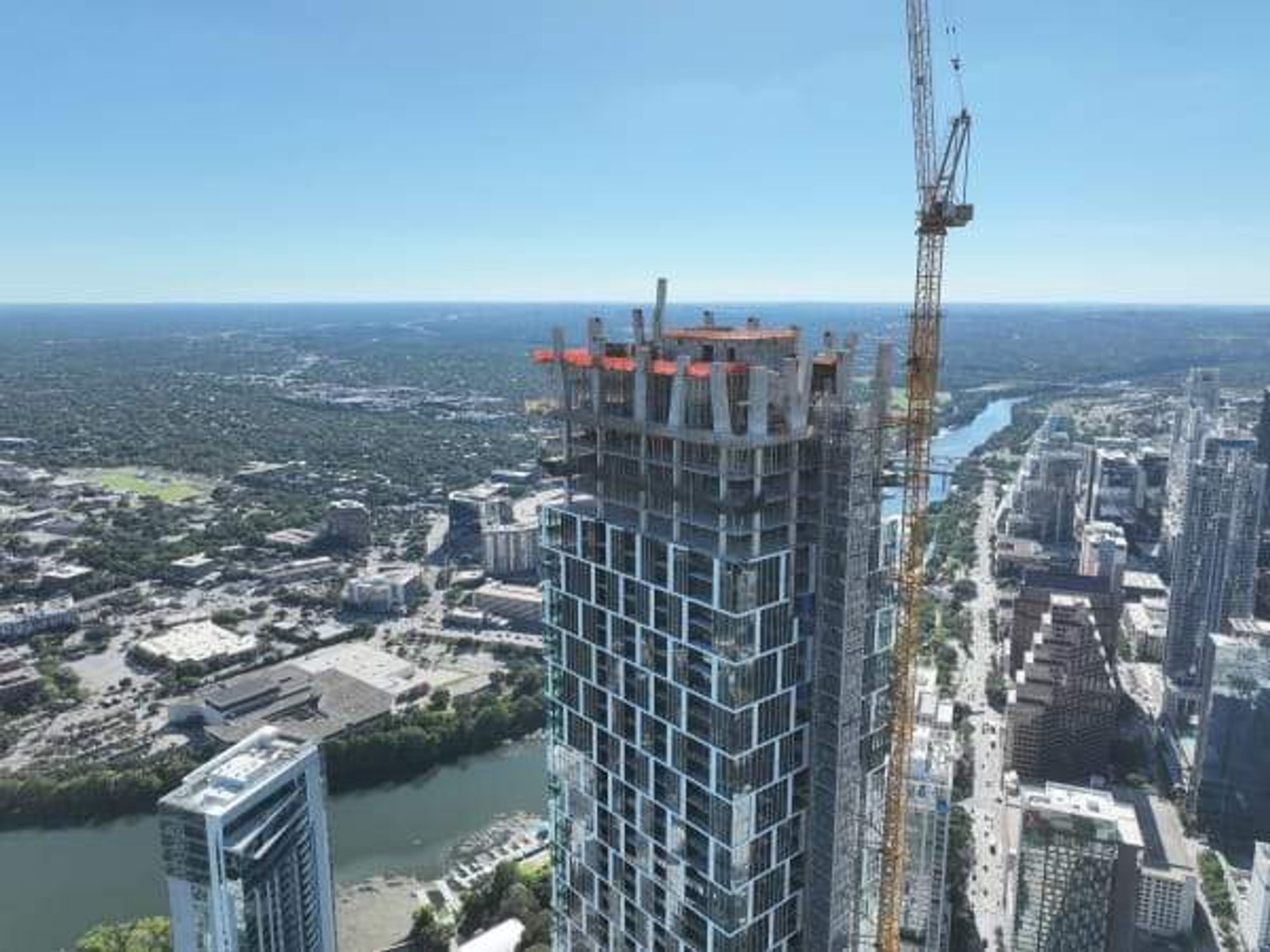History of Austin
Brief history of East Austin's once-thriving historically black neighborhood

Although Austin is widely perceived as a progressive city, it has a checkered past when it comes to race relations. The Six Square Cultural District in Central East Austin was formed as a nonprofit organization to highlight the achievements of local African Americans while educating the population about our painful history.
The district encompasses six square miles in the heart of East Austin and holds the unique distinction for being the only black cultural district in the Lone Star State.
The area was originally designated by the city as part of a master plan to house African Americans in a single place, kickstarting a shameful era in Austin history — and one from which we're still dealing with repercussions. Today, the historic neighborhood faces perhaps its biggest threat: gentrification. As Six Square becomes increasingly trendy, many of its black businesses and residents have been forced to relocate.
But despite the changes, the district is still home to a number of historically culturally significant sites.
Rosewood Neighborhood Park & Rosewood Courts
The 17-acre park was established in 1928 at 2300 Rosewood Ave. as a "segregated park for the community of Austin." It includes a limestone houses which serves as a recreation center. In the 1930s, the city added baseball fields, tennis courts, and a swimming pool to the park. There is also an auditorium named for former naval hero and local Doris "Dorrie"Miller.
The park hosts many events throughout the year, including the Juneteenth parade and festival on June 19, which celebrates the abolition of slavery in the U.S. The parade was first held at Eastwoods Park, near the University of Texas campus, in 1900. Later, former slave Thomas White felt the celebration should be performed on African American-owned land. The festivities were ultimately moved to Rosewood Neighborhood Park in 1930, where they remain to this day.
Nearby, the Rosewood Courts were established as a housing complex for African American families, and one of the first complexes of its kind in the country. President Lyndon B. Johnson was instrumental in bringing the housing complex to fruition. The Rosewood Courts remain open today and are located near Blackshear Elementary and Kealing Middle School.
Huston-Tillotson University
Located in the heart of East Austin and established in 1877, this historically black college is the oldest university in the city and provided higher education for freed slaves after the Civil War, thanks in part to financial assistance from area congregations. Today, the university welcomes both full-time students and flexible class schedules for working adults.
Dedrick-Hamilton House
This home was built in 1880 and owned by Thomas Dedrick, one of the first freed slaves in Travis County. The home at 912 E. 11th St. has been restored and is now the African American Cultural & Heritage Facility, which houses a visitor's center and is home to the Greater Austin Black Chamber of Commerce. The center exists to protect and enhance cultural and business opportunities for black residents, as well as collaborate with the neighborhood.
Oakwood Cemetery
The oldest cemetery in Austin, originally named City Cemetery, was established in the mid-1850s and is rumored to be the final resting place for victims in a Comanche attack. The city renamed the cemetery at 16th and Navasota streets Oakwood Cemetery, by a local ordinance in 1907.
The cemetery plots are partitioned, and include the "Colored Grounds," where about 1,200 persons from the late 1800s are buried.
Other notable people buried at Oakwood include Susannah Dickinson (an Alamo survivor); former Governor James Hogg and his family; storyteller John Henry Faulk; and Henry Green Madison, the first African American member of the city council in Austin. Green's former home has been restored and moved to a permanent site in Rosewood Neighborhood Park.
The cemetery is a fascinating piece of Austin history and holds special events throughout the year. The cemetery is just south of UT's Disch-Falk baseball field and stadium, and is part of the Capitol Corridor with a view of the capitol building.
Carver Complex
The complex is made up of the Carver Museum, Cultural and Genealogy Center, and the Carver Library. The building housed the first library in Austin, built in 1926. In 1933, the building was lifted and moved to 1156 Angelina St. in East Austin, becoming the first branch library in town. Today, the multipurpose facility serves as a community hub with four art galleries, a theater, and event space. The complex also hosts numerous special events held by the Six Square District.
Victory Grill
Located at 1104 E. 11th St., Victory Grill is a former home turned live music venue. In the 1940s, when Austin was legally segregated, the grill became a home-away-from-home for returning World War II veterans and is one of the few remaining clubs in the country that was once part of the Chitlin' Circuit. Although a devastating fire suffered during the Juneteenth celebration weekend in 1987, the venue is still in operation. According to Six Square, Victory Grill has been host to top musical acts such as Bobby Blue Bland, B. B. King, W.C. Clark, Ike and Tina Turner, and Janis Joplin. More recently, the club has hosted Austin's favorite son Gary Clark, Jr.
Wesley United Methodist Church
Many churches and school campuses can also be found in the Six Square district, including Wesley United Methodist Church. The church was built in 1865 for "freed people in the Austin area." Presently, on Sundays, when church goers from across the city flock to San Bernard Street to attend services, the neighborhood can tell the difference. But as gentrification spreads in East Austin, coupled with a nationwide decline in church attendance — especially among millennials — many churches are facing an uncertain future.

 Lots of people want to live in Leander. Leander Parks & Recreation/Facebook
Lots of people want to live in Leander. Leander Parks & Recreation/Facebook